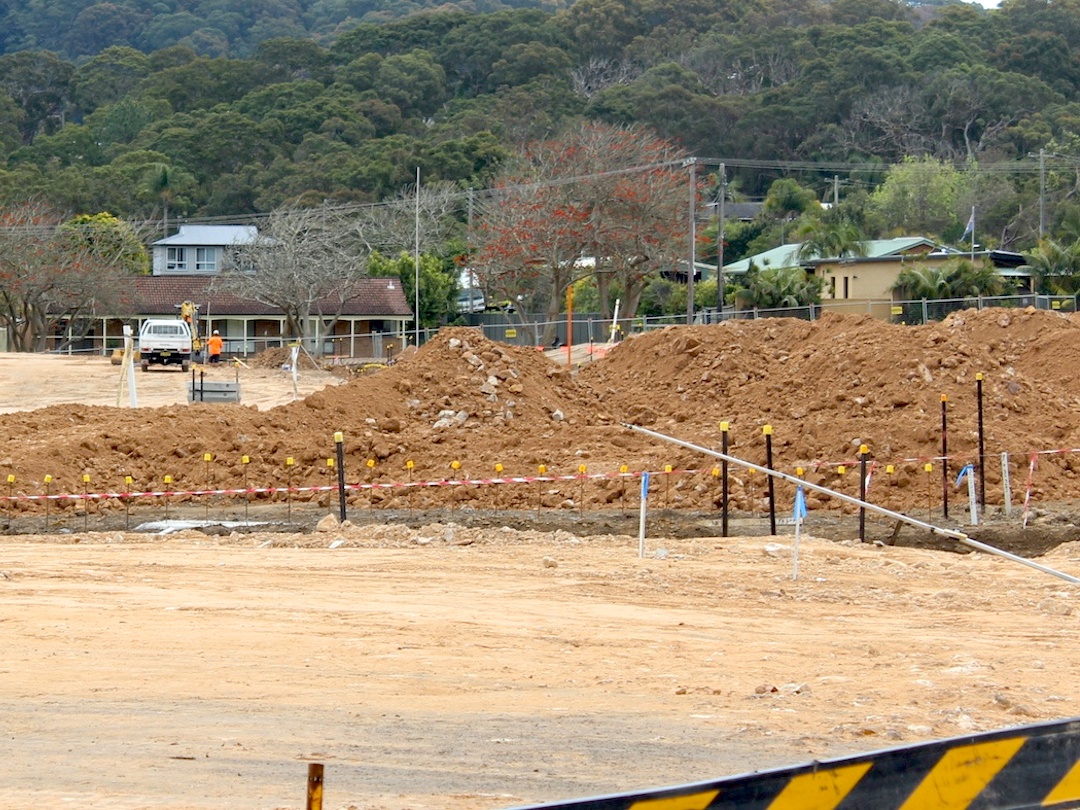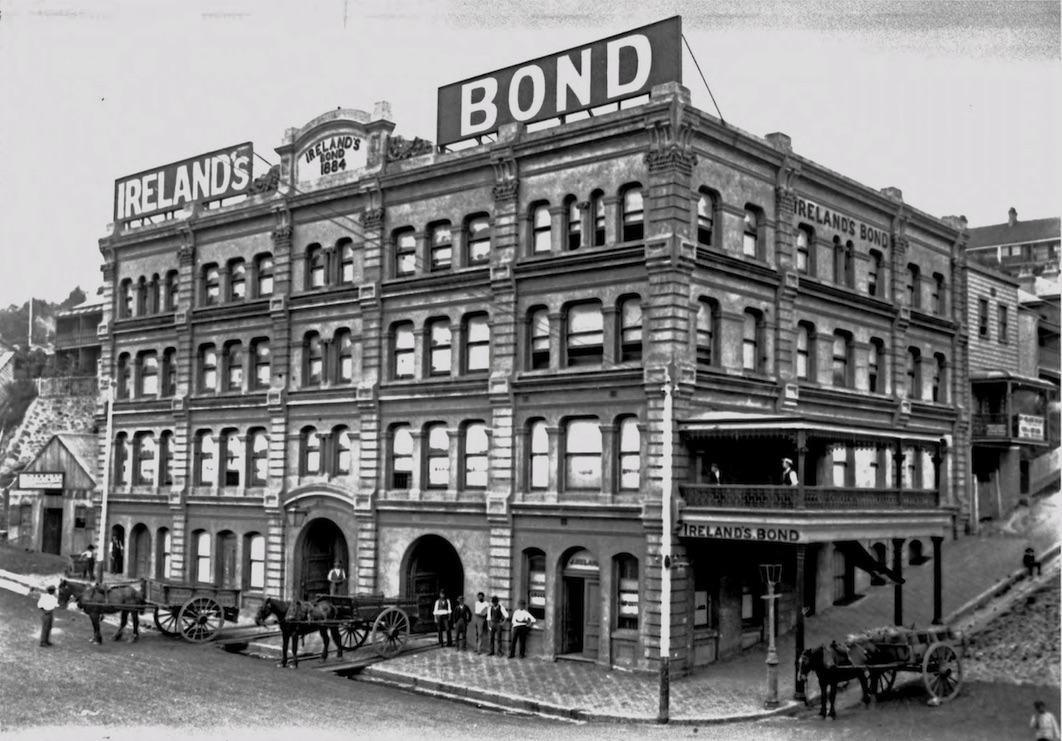
We are receiving an increasing number of enquiries for ENM/VENM soil testing from builders and developers needing to remove soil off site. In simple terms councils want to know that any soil being removed off a site is clean or contaminated and it doesn’t matter if it’s moved to another site or to a landfill tip, council will/may require an ENM/VENM assessment.
For us the ENM/VENM enquiries started in the regions north of Sydney but has now become an issue for builders and cartage firms throughout NSW.
Loads are being stopped and inspected to ensure contractors are meeting their obligations when removing spoil. The fines for not being compliant are not for the fainthearted. If you haven’t come across this requirement yet we wanted to give you some information, so you’re prepared if you’re asked to provide an ENM/VENM assessment.
What is ENM/VENM?
Our Geotechnical Engineer, Dane Dwyer kindly supplied us with the relevant area of the code.
Let’s start with what is VENM, which stands for virgin excavated natural material
The EPA definition is as follows (we have edited it for simplicity)
The Protection of the Environment Operations Act 1997 (POEO Act) defines virgin excavated natural material (VENM) as:
Natural material (such as clay, gravel, sand, soil or rock fines):
(a) that has been excavated or quarried from areas that are not contaminated with manufactured chemicals, or with process residues, as a result of industrial, commercial, mining or agricultural activities and
(b) that does not contain any sulfidic ores or soils or any other waste
and includes excavated natural material that meets such criteria for virgin excavated natural material as may be approved for the time being pursuant to an EPA Gazettal notice.’ Virgin excavated natural material (VENM) is a waste that has been pre-classified as general solid waste (non-putrescible).
Is there any other waste present?
By definition, VENM cannot contain any other waste, or be ‘made’ from processed soils. Excavated material that has been processed in any way cannot be classified as VENM.
In summary, we feel it is important to raise industry matters with our builders so they can get on the front foot and be well prepared in their building process as well as controlling their costs. We can assist you with VENM/ENM testing as part of your Lot Classification or as a standalone test. Lot Classifications can now be ordered online.
Make sure you’ve factored the cost of ENM/VENM testing into your next build budget.

Historic photo from DA submitted to the City of Newcastle Council
Every job requires focus. Even more so for tight sites and then there are very tight sites with little head height with the added precautions of protecting an old historic building. We’ve just completed installing screw piers to strengthen foundations for the old Ireland’s Bond building in Newcastle NSW built in 1884. The façade of the 4-storey building remained includingkey structural beams and columnswith the majority of the internals to be renewed to a modern luxury spec for apartment living. Ideal Foundations had to come up with a solution to install within tight confines of up to 3.0m head height clearance in and around overhead beams. How did we do that?
The original structural design called for 40 tonne (400kN) piles which can only be installed with a very large excavator, which was not possible for the tight spaces of this site. So, Chris Elliott of Ideal Foundations commissioned a structural engineer to redesign pile loads down to a maximum 20 tonne (200kN) per pile and also ensure the piles were able to be located within the existing pile caps to ensure the builder did not have to change any of these on site. Due to the low head height we also had to limit the shaft extensions to a maximum of 1.5m to ensure the reach of the excavator at full stretch plus the pile were well within the limitations of the overhead space.
The photos and video below show how confined this job site was and requiring precision by the operators of the excavator. Well done boys.
Some days we get our bigger toys out, larger excavators, larger screw piles to reach further and screw down deeper. Even though strengthening the side of the hill on this Noosa job site is supporting a residential housing estate above it’s not your typical residential site.
We assisted the Altum Property Group with a residential project built on the side of a sand hill where they will be building luxury houses as part of the Noosa Springs Golf Course Estate. The views are spectacular but the requirements for screw piling took some collaboration between Craig Geddis our Queensland BDM, the builder and the engineer.
Many of the piers installed are a double helix design and are installed up to 6m deep. You can see from the video that we needed a decent reach because of the slope of the hill – it felt steeper being there in person.